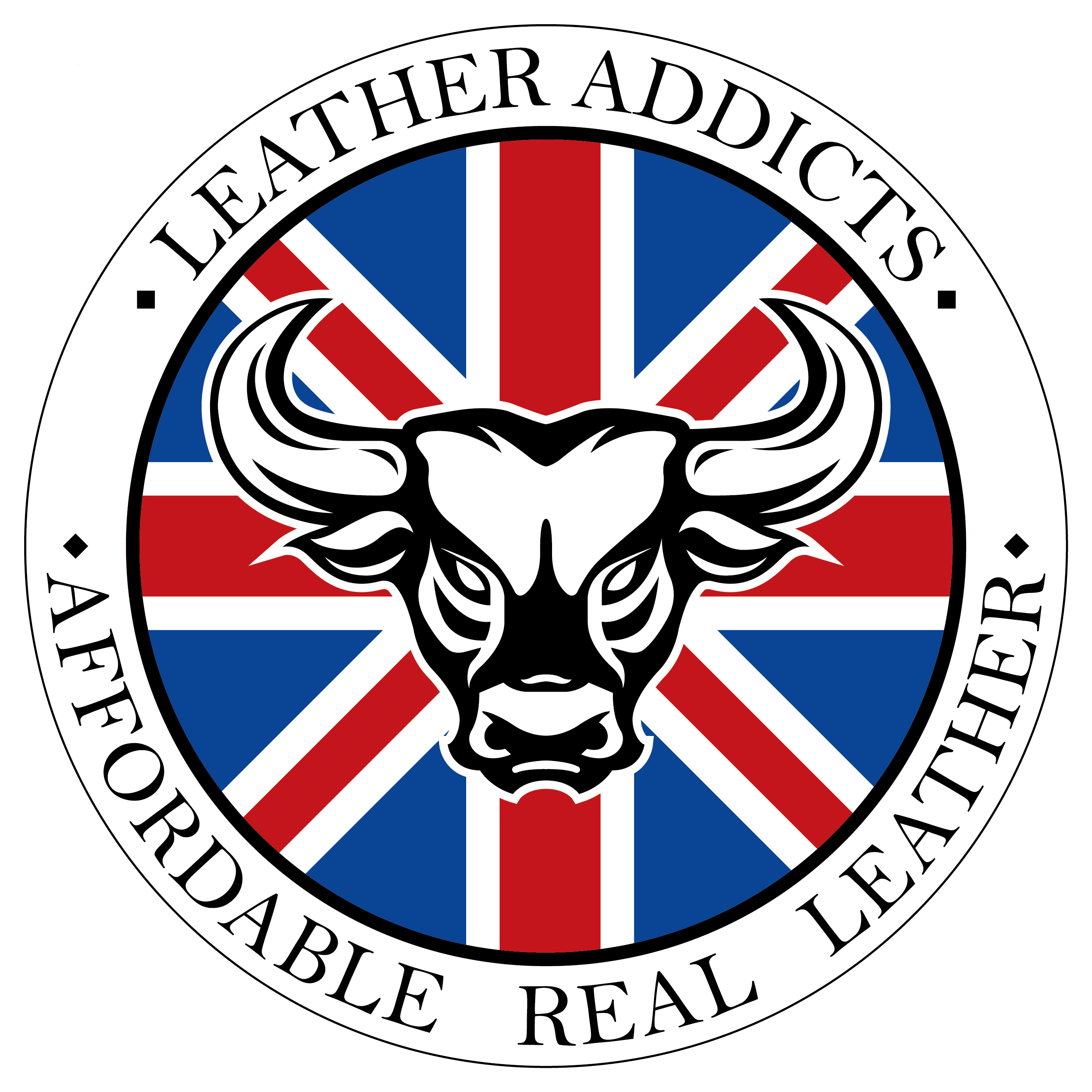
Leather is one of the most versatile and durable materials used in fashion. From leather jackets, skirts, and waistcoats to leather bondage gear, the variety of leather products is vast. But how does rawhide transform into high-quality leather garments? Let’s explore the life cycle of leather, from sourcing raw materials to the final product.
1. Sourcing the Raw Material
The journey of leather begins with sourcing animal hides, usually from cows, sheep, goats, or pigs. The rawhide used to make leather jackets and leather skirts for women is primarily a by-product of the meat industry. Sustainability is becoming a focus, with leather manufacturers ensuring that they minimize waste and environmental impact.
At this stage, hides are salted to prevent decomposition before the tanning process. These hides are often sourced globally, with countries like Italy, Pakistan, and Brazil leading in leather production.
2. Tanning the Leather
Once the rawhide is ready, it enters the tanning process, where it is treated with tannins. Tanning preserves the hide, making it flexible and durable. This step is crucial for creating items like leather coats and leather waistcoats that need durability for daily wear.
There are two main tanning methods:
- Vegetable Tanning: Uses natural tannins from tree bark, resulting in a firmer texture. This is often used in crafting leather travel bags and leather duffle bags.
- Chrome Tanning: Uses chromium salts, offering a softer, more supple finish. Most mens leather jackets and leather pants are chrome-tanned due to their need for flexibility and comfort.
3. Splitting and Dyeing
Once tanned, the leather undergoes splitting, where it is split into layers depending on the desired thickness. The grain, or top layer, is the most valuable and is used for high-quality products like mens leather shirts and leather corsets. The lower layers are used for less durable items or faux leather products.
Next, the leather is dyed. This is where black leather jackets or red leather pants get their signature color. Dyeing can be done by immersing the leather in dye baths or by spraying the color onto the leather.
4. Finishing
The finishing process adds a protective coating to the leather, which enhances durability and provides a desired sheen or texture. Leather used in leather trousers and leather trench coats often undergoes buffing to create a smooth finish, while leather kilts may retain a more textured, rugged appearance.
Depending on the intended use, leather can also be treated to resist water or become softer for garments like leather shirts or leather corsets.









































